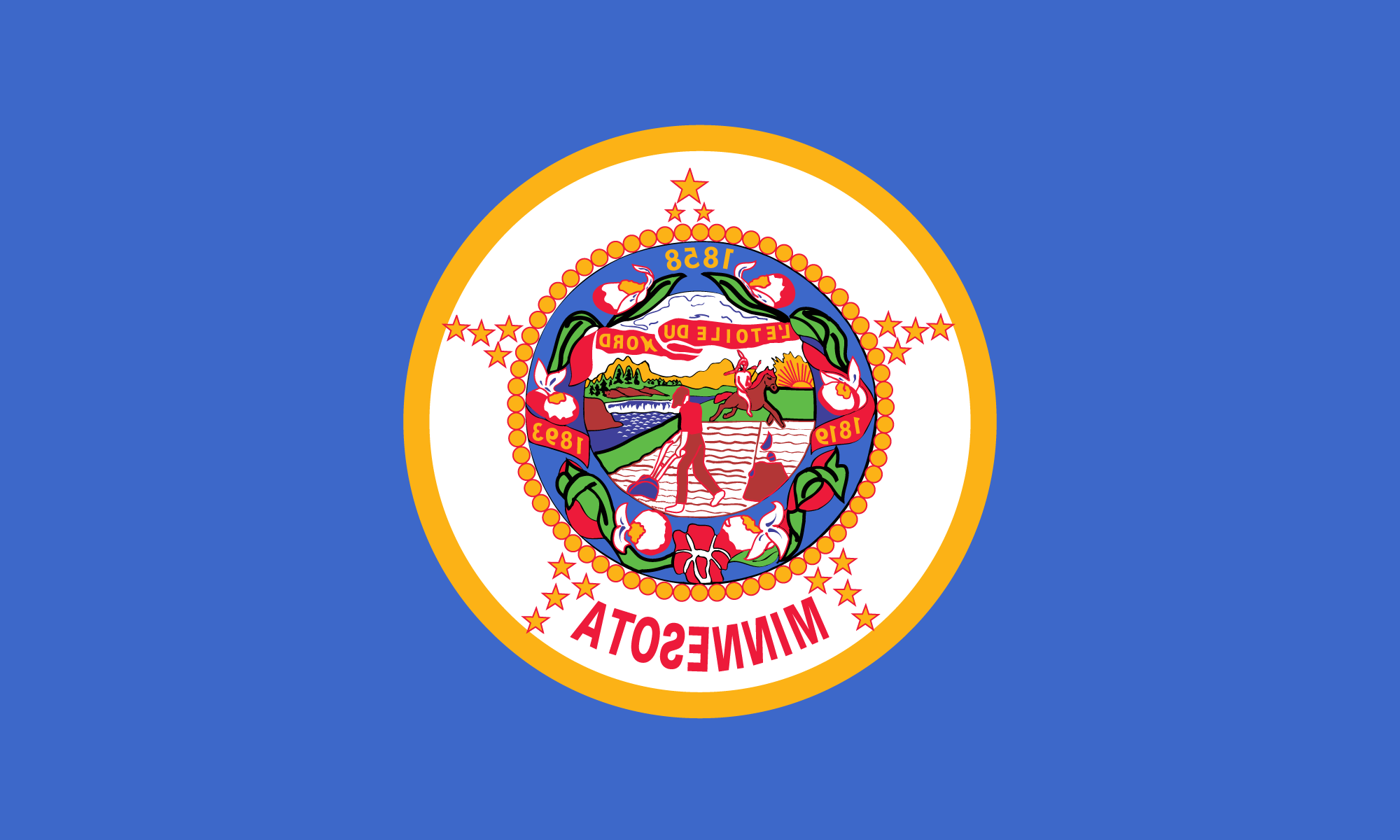Minnesota History Magazine
By Nancy Eubank
In the 1840’s, when American settlers reached Minnesota, the Dakota lived along the Mississippi and Minnesota rivers on prairie lands that were ideal for plowing and planting. The rich land made white farmers eager to use it in the way that seemed best to them. The settlers felt that if the Indians did not want to farm the land they should move away, whether they wanted to or not. The Dakota did not move on, forced by the U.S. government to give up their hunting grounds. This sad part of Minnesota’s past — the Indians’ loss of their land — is pictured on the state seal. In the foreground of the seal a farmer plows his field, while in the background an Indian on horseback gallops away. Mary Eastman, the wife of the soldier-artist Seth Eastman who helped design the seal, wrote a poem about its meaning:
Give way, give way, young warrior,
Thou and thy steed give way;
Rest not, though lingers on the hills
The red sun’s parting ray.
The rock bluff and prairie land
The white man claims them now,
The symbols of his course are here,
The rifle, axe, and plough.
